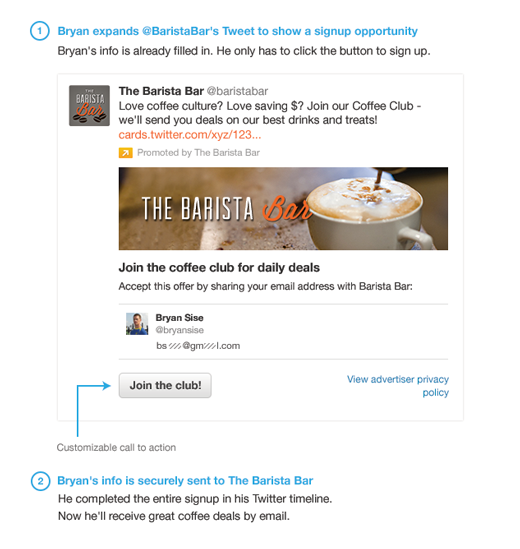Continuing from our post, Digital Marketing Predictions for 2014 Part 1, we’re taking some time to reflect on digital marketing trends of this year and what might become the core practices in 2014.
Content Marketing
For companies, blogs will continue to be an important piece of their content marketing. Google’s Hummingbird algorithm is designed to quickly comprehend the meaning, context, and intent of search queries, which will improve search quality by taking synonyms into account. In the most simple terms, the new algorithm is meant to keep up with longer, more advanced search queries that come through Google. Instead of simple keyword queries, Google is working to accommodate questions on par with what users might ask their friends off the Internet. (e.g. “Tell me about an artist.”) (source).
“Google might look at the query [What is the best place to find and eat Chicago deep dish style pizza?], and understand that a searcher looking for results for that query would likely be more satisfied with the use of “restaurant” instead of “place”.
The use of “restaurant” instead of “place” might be considered as a potential synonym or substitute based upon substitution rules which focus upon co-occurring terms that might show up in search results when those terms are searched upon, or co-occurring terms in query sessions.”
Via SEO by the sea
For content writing, companies will want to continue to keep list of keywords, but should add a list of full sentences and synonyms users might use to find them as well. By focusing on the meaning behind the words searched, google can give users more precise search results. The new algorithm especially caters to those using hands free search.
Email Marketing
Email marketing is still a large part of the marketing mix. Because those who sign up for relevant webinars or give their email to download an ebook from your site are customers in the research stage, building your email list is one of the main ways to generate leads.
When creating newsletters and emailers, make sure they’re compatible with all screen types. It is also important to focus on subject line. There are about 144.8 billion emails sent every day and you need your emails to stand out to your audience. Try things like asking a question or giving a call to action. Check out Hubspot’s, “10 of the Best Email Subject lines you’ve ever read,” for more inspiration.
Have you noticed videos posted on Facebook playing automatically? Facebook has been testing videos that autoplay as a new way for brands to engage their audiences (similarly to how Instagram plays their automatically). Although Muted, this is an interesting and important change that will change the way brands are able to interact with their audience on Facebook.
You’ve probably noted Twitter’s recent inclusion of in-line pictures and videos. Marketers have already jumped on this, including them whenever possible. Any Vine videos will also be shown in-line. Will this incentive push brands to use Vine more frequently? Here are some of the best brand vines this week.
Twitter is also rolling out their Lead Generation Cards. These posts have a customizable call to action button so users don’t need to first go to a landing page to “join your mailing list,” they can click right from their twitter feed.
Google+
Ever since Google made it a requirement to have a Google+ account to comment on YouTube videos, there has been an uproar among YouTube creators. However, this small detail will soon be forgotten. Remember when YouTube required you to have a gmail account before you could comment on videos? That was a big deal at the time but it blew over. The whole google+, YouTube integration will soon be old news and the result: more active google+ users. Also, Google Authorship will play an increasingly significant role in SEO this year, so the more time spent developing your Google+ company page, the better.
In an effort to create more engaging ads and to monetize its social network, Google is launching +Post ads. “Users can click the ad to expand it and see the full set of user comments. According to Google, social annotations help increase click through rates. In addition to commenting, users can also share the content or join a live hangout” (SearchEngineLand). This new facet of brands engaging their audiences will be interesting to see unfold.
Keep An Eye on Tumblr
Did Yahoo know what they were doing when they bought Tumblr for $1.1 billion? Tumblr has continued to host sponsored ads. similar to Facebook’s sponsored posts, but recently Yahoo integrated Tumblr further into their advertising suite. We’ll see how that goes throughout 2014. Can Yahoo intergrate ads that convert without changing the way the Tumblr community is?
For B2B, consulting companies and anyone who sells the invisible, LinkedIn Sponsored Updates might be your best choice for paid ads. It allows you to place a piece of content (ebook, blog post) in front of your target audience. Check out The Complete Guide to LinkedIn Sponsored Updates to learn more.
Pinterest has overtaken Facebook for ecommerce social shares, which means more people “pin” items than they “like” them. This is great for retail, but what about b2b? Pinterest is also proving to be a great place to share brand related content. If you create boards that interest your target market, Pinterest can be a great place to get click-throughs. Here are some tactics for B2B on Pinterest.
Google Adwords and Analytics
If your website, blog, and social media platforms are up to date, perhaps it’s time to try some paid advertising. Through google adwords you can create targeted campaigns with measurable ROI. Once you’ve throughly tested multiple campaigns, keywords, ad groups and ads, you may want to try remarketing. You know when you look at an item on a website and then you see that same item in an ad later on? That’s remarketing, and it’s a powerful tool because your company can market to those who are already interest in your goods or services. Read more about remarketing here.



